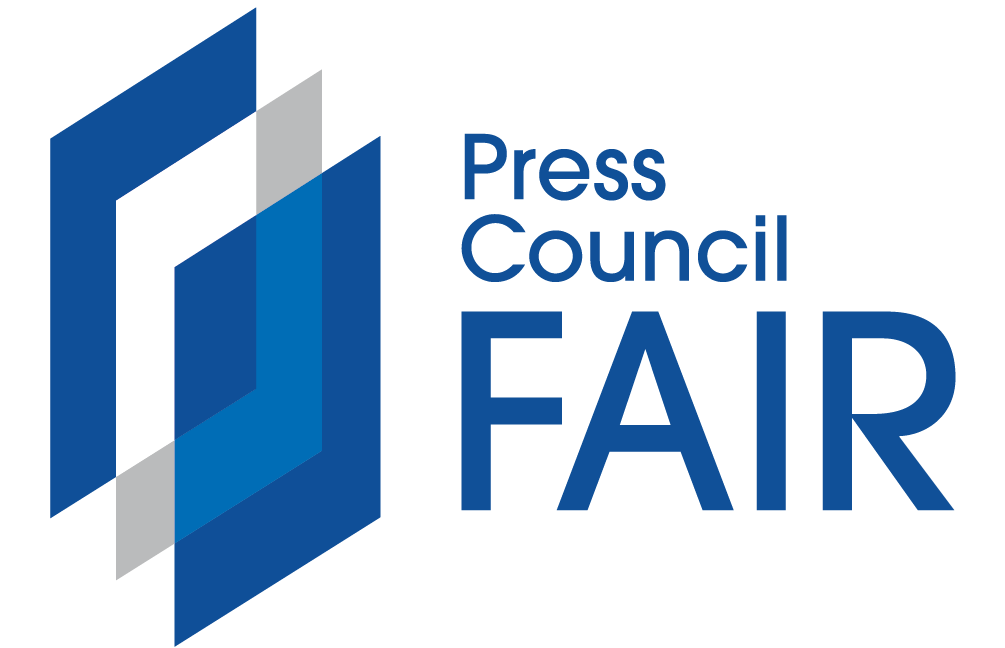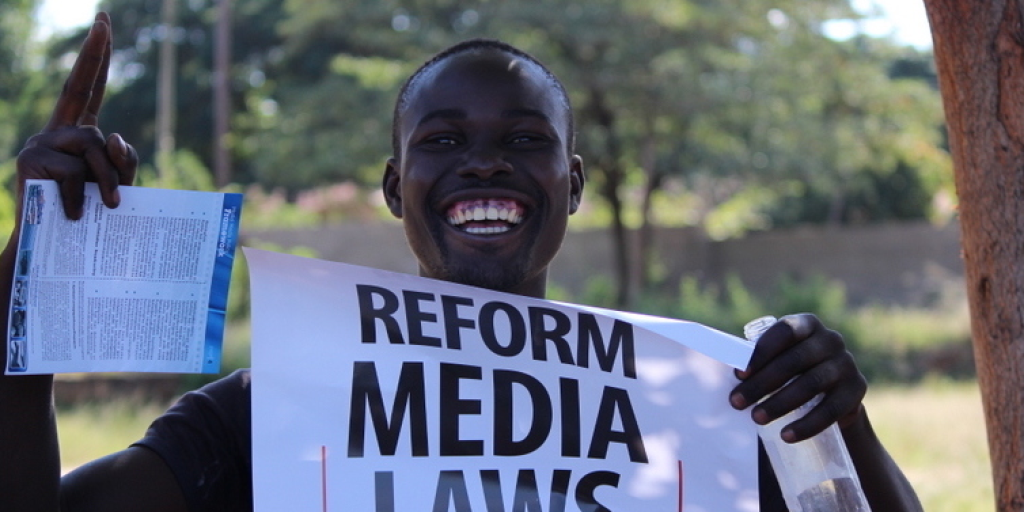How to make the truth move faster than misinformation spreads
International Center for Journalists
The rise of viral disinformation intertwined with targeted attacks on journalists has become a pressing global issue in a climate of surging authoritarianism worldwide. Digital conspiracy networks, poor media and information literacy, and the facilitating role of predominantly US-owned Big Tech companies and platforms are key factors.
The rapid, largely unregulated development of artificial intelligence (AI) risks super-charging these threats. The result is an erosion of democratic values, reduced trust in public interest media and facts in general, the further polarisation of societies, and increased threats to journalists.
Through its Disarming Disinformation project, ICFJ led a five-country study to understand how journalists, media outlets, and the public perceive and respond to these threats, which is crucial to fostering an informed and resilient citizenry.
The field research was conducted in Brazil, Georgia, the Philippines, South Africa and the US between September 2023 and September 2024. The national public opinion surveys measuring attitudes to journalists and public interest media outlets in each country were conducted in 2024.
We adopted Participatory Action Research methods to conduct the ethnographic research, partnering with Folha de S Paulo and Tapajós de Fato in Brazil, CodaStory in Georgia, Rappler in the Philippines, Daily Maverick in South Africa and the Haitian Times in the US.
Members of our research team were embedded with these outlets physically and remotely during 2023 and 2024.
Disarming Disinformation is a three-year global programme supported by the Scripps Howard Foundation, which adopts a multidisciplinary approach and seeks to surface new, practical recommendations for journalists, newsroom managers, media funders and other professionals in the journalism field.
Between 2022 and 2025, the programme will have invested $3.8-million on solutions that effectively push back against disinformation. Disarming Disinformation’s many initiatives include in-person and online trainings, grants, project mentorship, in-depth research, newsroom embedment and a slew of resources, such as how-to guides.
Disarming Disinformation is streamlined into three tracks: Investigative, Capacity Building and Research.
The International Fund for Public Interest Media (IFPIM) and the Gates Foundation funded the associated public opinion research.
In addition, through our International Journalists’ Network (IJNet), Disarming Disinformation produces and shares resources including how-to guides, case studies on the solutions revealed by the research, and lessons learned from the other tracks.
These resources, produced in collaboration with partners such as the Howard Centers, provide practical guidance for journalists and journalism schools on combating mis- and disinformation.
Explore existing resources here
Journalists and technologists are teaming up through the Disarming Disinformation initiative to develop innovative tools, such as
- an app that helps experts create viral social media videos
- a tool for journalists to quickly answer audience questions, and
- other products to help news publishers reach people with quality news and information
‘The common denominator for all of the projects is to get audiences real information faster than misinformation spreads,’explained ICFJ facilitator Sandra Barron. ‘They are using technology to help address the problems of misinformation around the world, to help audiences be better informed.’
After attending virtual workshops, eight teams took part in a Design Sprint in Istanbul last week to develop their products with the help of expert mentors. “What we want to do in a design sprint is to test the solution before committing a whole lot of resources to building it,” said Barron.
Throughout the week, participants worked on defining the problem they were trying to solve, as well as understanding their audience. They came up with multiple ideas to respond to their problem, and prototyped the most promising one, before user testing and improving it
The process helped teams sharpen their focus. ‘Once we figured out who the core audience member was, it made narrowing down what we were building a lot easier,’ said one participant.
Others concluded that their initial product could turn into something more robust. ‘My prototype has evolved so much in that it was a web tool that did one thing before I came here, and now I have a fully fledged simulation of what the prototype would look like as an app,’ said Sophia Smith Galer, a video journalist.
The Solutions Challenge was also an opportunity for journalists and technologists from around the world to learn from each other. ‘Being in a space that incubates and encourages innovation invites more creativity, more innovation,’ said Smith Galer.
‘You meet other people, and mentors, from different continents and cultures who have different objectives and issues,’ said Mikhail Ageev, President of the Internet Innovations Foundation (Kyrgyz Republic). ‘You can just interact with them, share your ideas, vision, and it can motivate you to look differently at the problem you are trying to solve.’
Participants received support from expert mentors Justin Arenstein of Code for Africa, ICFJ’s Maggie Farley and Nasr ul Hadi of PROTO. Selected projects receive up to $20 000 and further mentorship to transform their prototype into reality.




